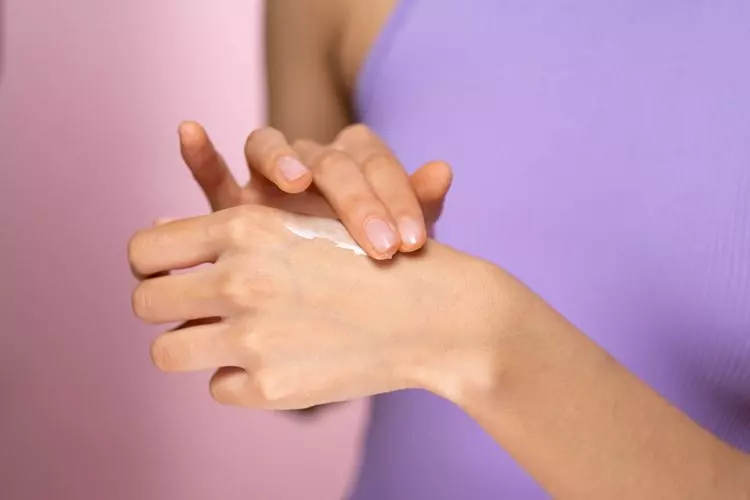
Photo Credit: by Ron Lach, Pexels.com
Topical “Retinoids” have been used on skin for many years and help with wrinkle reduction, collagen boosting and acne improvement. With so many products and names on the market such as Retinol, Differin, Tretinoin and Retin-A, it’s hard to keep track of how to use each one.
Retinoids are classes of topical medications derived from Vitamin A. Retinoids, when applied to skin, help to speed up cell turnover, bring dead skin to the surface, and help reveal newer, fresher skin. They have also been shown to increase collagen and elastin production. As a result, they have been proven to help with fine lines and wrinkles, while also helping to fade dark spots on the skin.
Retinoids also help to unclog pores and improve acne. In order to be effective, they must be present in the active form of retinoic acid. One retinoid called Tretinoin, is marketed in different brand names, including Atralin Gel, Avita, Renova Cream, Retin A, Stieva A, and Vitamin A Acid Gel.
Retin-A is already present in the active form of retinoic acid. It comes in increasing strengths of 0.025%, 0.05% and the strongest, 0.1%. It also comes in a variety of forms, including cream, gel, and micro gel. Because tretinoin is already present in the active form, it works fairly fast. Some downsides include dry skin or initial worsening of acne, but this improves with time.
Retinol is the milder derivative of Vitamin A and is not present in the active form of retinoic acid when applied to skin. Retinol must first be converted into retinoic acid by the body, so it takes longer to see results. Retin A 0.025 %/20 gm cream from India is also called Retinol A, Retinol-A, or Renova Cream. Tretinoin or Retin-A is available by prescription. While all retinoids help to increase cell turnover, they vary in speed and efficacy of cell renewal.
Adapalene is another topical product that works similar to retinoids. Because it is not a vitamin A derivative, it does not need to be converted into retinoic acid in the body. It is derived from naphthoic acid and has been shown to perform similarly to the retinoids, but with slightly stronger acne fighting properties. While its main indication for use is acne, it also has some skin turnover benefits as well. Adapalene or Differin, its trade name, is able to penetrate deep into pores where acne starts to help clear it more effectively. Differin comes in different forms: cream (0.1%/60 gm), gel (0.1%/30 gm, 0.1%/45 gm, 0.1%/60 gm), and XP gel (0.3%/60 gm). It is available by prescription.
So which one is right for you? That depends on what you’re trying to treat. While the tretinoin formulations are highly effective for cell turnover, they can cause mild irritation of the skin, especially early on and with the higher doses. The Retinols are still effective in causing cell turnover, albeit at a slower rate, but they tend to be milder and less irritating.
Since Adapalene works differently from the retinoids, it seems to be less irritating but may also not have the potent cell turnover effects that the retinoids have. It is however the first line treatment in this group for acne, since it is able to penetrate deeper into pores.
Want to try one of these great topical products? Consult with your doctor first to see which one would be best for you. In my opinion, women under 40 can start with retinols and work up to Tretinoin for stronger anti-aging benefits as they get older and as their skin becomes more tolerant. Differin is a great option for those who predominantly suffer from acne but also want some milder anti-aging benefits.
Here’s a Canada Pharmacy link to both:
Tretinoin: https://www.canadapharmacyonline.com/RXSearch.aspx?search=Tretinoin
Adapalene: https://www.canadapharmacyonline.com/DrugInfo.aspx?name=Differin0364
###
Your email address will not be published. Required fields are marked with *.